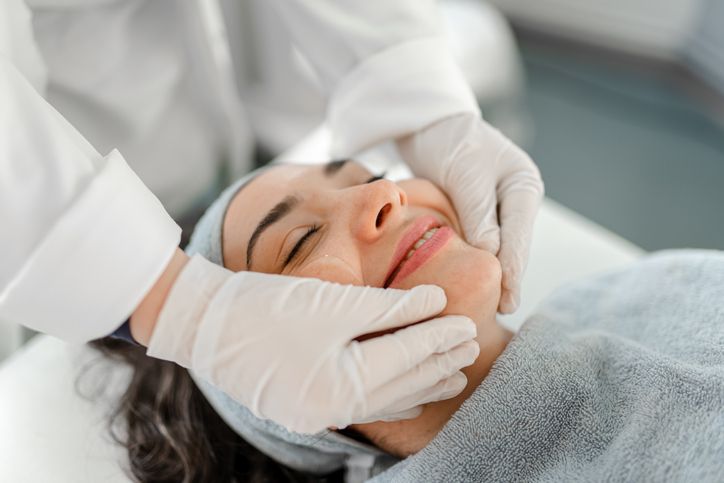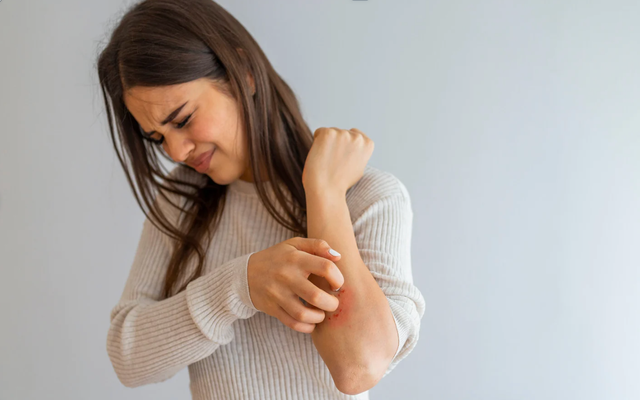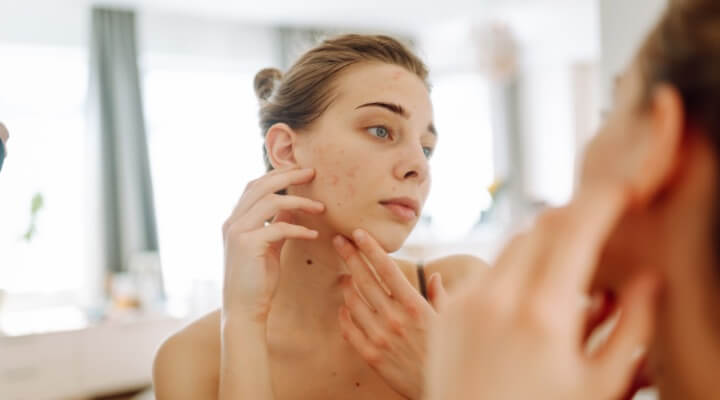Malassezia Folliculitis Guide: Essential Insights for Beauticians
As a beautician, your ability to manage and understand various skin conditions can significantly impact the quality of care you provide to clients. One such condition that often flies under the radar is malassezia folliculitis. Essentially, this condition is an inflammation of the hair follicles caused by the Malassezia yeast, which is naturally present on the skin.
What makes the malassezia folliculitis guide crucial for beauticians is the specificity of treatment and understanding required to manage the condition effectively. Without a proper grasp of the symptoms and triggers, misdiagnosis with common acne can occur, leading to ineffective treatments.

Recognizing the Symptoms
Identifying malassezia folliculitis can be tricky, especially since it closely resembles acne vulgaris. However, armed with the right knowledge, beauticians can differentiate the two. This condition typically manifests as small, itchy pustules on the chest, back, and sometimes the face. Unlike acne, these breakouts are not usually accompanied by blackheads or whiteheads.
Usually, clients may come to you complaining of 'acne' that doesn't respond to typical acne treatments. This is a tell-tale sign that you might be dealing with malassezia folliculitis rather than traditional acne. For a professional diagnosis and treatment confirmation, consulting medical literature such as this research article is recommended.
Causes and Triggers
The excess growth of Malassezia yeast on the skin is the primary cause. Factors like high humidity, oily skin, and the use of greasy skincare products can exacerbate the condition. For beauticians, understanding the role of environment and products used in skincare routines is vital. Advising clients on using non-comedogenic products can be a crucial step in mitigation.
Professional Treatment Approaches
While beauticians can play a critical role in managing the symptoms, professional dermatological advice is often necessary for comprehensive treatment. Treatment usually involves antifungal medications that target the yeast. However, the adaptation of a skincare regimen that includes pH-balanced and non-comedogenic products can greatly benefit your clients in the long run.
It's important for beauticians to have a holistic understanding of skin conditions to prevent aggravation. For instance, using products recommended in this informative article can aid in reducing inflammation.
Preventive Strategies
Prevention is always better than cure, especially in skincare. Beauticians should guide clients on maintaining proper skincare routines that involve gentle cleansing and using appropriate post-treatment products. Its also beneficial to educate clients on avoiding tight clothing and steering clear of hot, humid environments when possible, as these factors can increase sweat and oil production.
Additional Resources for Beauticians
For a complete understanding of malassezia folliculitis, beauticians should frequently read up-to-date research and subscribe to dermatology journals. These resources can provide insights into the latest treatments and methods for managing various skin conditions, ensuring you stay ahead in your field.

FAQ
-
What is a quick way to identify malassezia folliculitis?
The condition often presents with itchy pustules without blackheads, predominantly in areas like the chest and back.
-
Can I treat malassezia folliculitis with over-the-counter acne treatments?
No, typical acne treatments are not effective. Antifungal medications are usually required.
-
How can I prevent outbreaks in clients?
Encourage skincare routines that include non-greasy products and promote practices like wearing breathable clothing.

